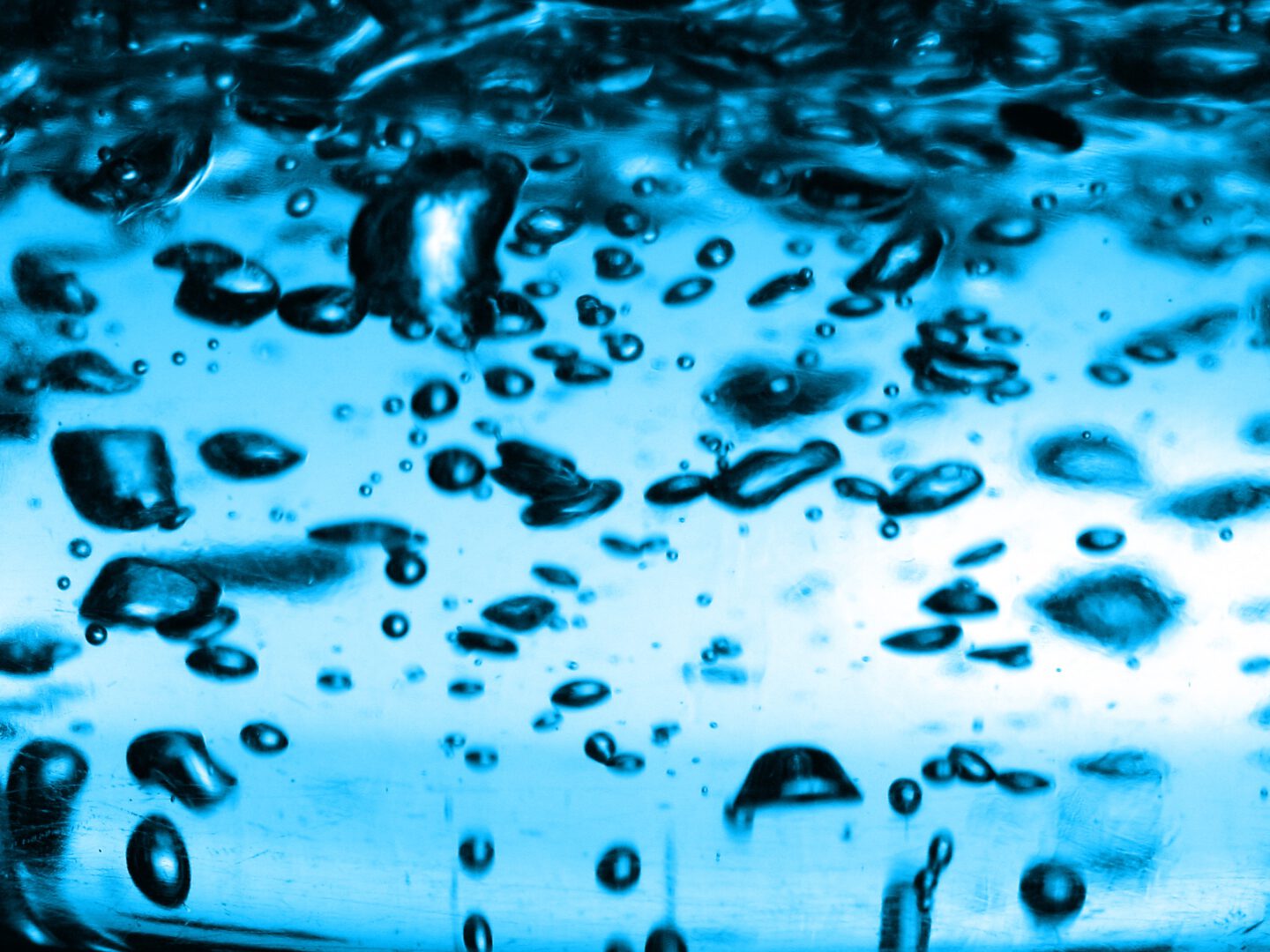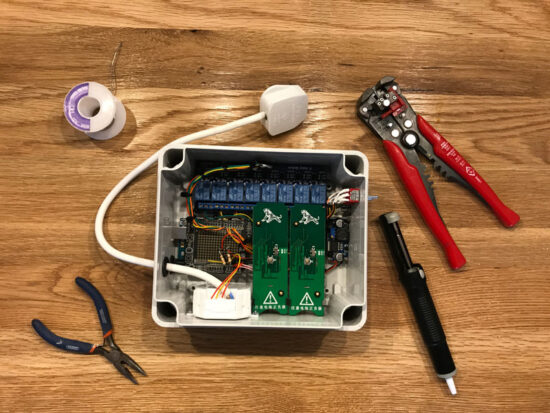
23rd December 2015 by Pambos Palas
Why do kettles make so much noise?
The electric kettle is one of the most frequently used appliances – at least here in the UK – and yet few people ever question where the sound comes from when we put some water to boil. Sure, when the water is boiling already we hear the familiar smooth sound of bubbles popping, but what about everything leading up to that point?
In fact, the phenomenon is quite strange. From the moment we turn the kettle on, almost immediately we hear a subtle hissing sound that slowly gets louder and louder (even if the water in the kettle appears absolutely still). Eventually it reaches a peak, at which point the violent hissing very quickly dies down and is replaced by the softer sound of boiling water. Even without looking at the water, which is now bubbling up, and even if we don’t hear the click of the bimetallic thermostat, we know that the water is ready purely from the subsiding of the noise.
So what causes this noise if the water appears still, and why is the noise loudest prior to boiling? The answer is more complicated than one might expect, but essentially the sound produced derives from the popping of two types of bubbles and covers quite a wide frequency range.
The first type of bubble that appears almost immediately is an air bubble. Air that is trapped in the water will start expanding as the temperature rises, and what is known as “nucleation” will occur. Imperfections on the sides of the container or impurities in the water will act as “sites of nucleation” and bubbles will start forming there (imperfections are often microscopic and can be present in containers that may even seem flawless to the naked eye – air can easily be trapped within the imperfections). This is quite evident if you look inside your kettle when you turn it on, you will very quickly see little bubbles forming on the element and on the sides of the container. Eventually, these air bubbles will detach and float to the top where they will burst, creating sound.
The second type of bubble is formed of vapor. As the heating element rises to a high temperature (probably much higher than 100 degrees Celsius), a film of vapor forms on the surface and eventually a vapor bubble will detach and begin rising. As the bubble will be passing through cooler liquid (< 100 degrees) it will not reach the surface before it collapses. This happens many thousands of times, and the collapsing is actually quite violent – as the bubble implodes it creates quite powerful shockwaves and the sound produced is significant.This phenomenon is known as “cavitation”. Now imagine this happening many thousands of times! This is the primary cause of the noise that we hear.
As a side note: the shockwaves of the collapsing vapor bubbles can also cause strong oscillations which can give rise to further degassing and release a small amount of air from the water forming more microscopic air bubbles.
Eventually, as the temperature of the higher layers of water approaches 100 degrees, the vapor bubbles are able to rise higher and higher and the sound increases as more and more bubbles are formed. When the water reaches boiling temperature, the vapor bubbles are able to reach the surface and the bursting there is much less aggressive – this explains the subsiding of the hissing sound, leaving only the soft sound of boiling water.
One way to avoid this sound altogether is by heating the water uniformly in a microwave. Although there is a preconception that this could lead to superheating, this would be incredibly rare with tap water due to the impurities present.
This was somewhat of a random post, but I’ve always wondered about this and hopefully other have too!




